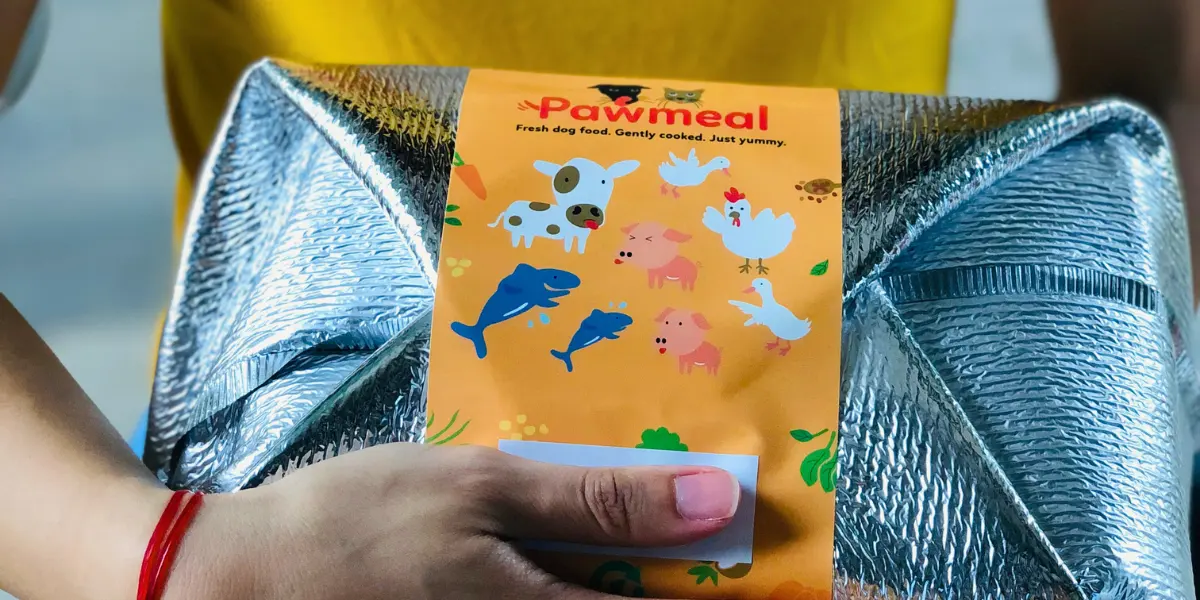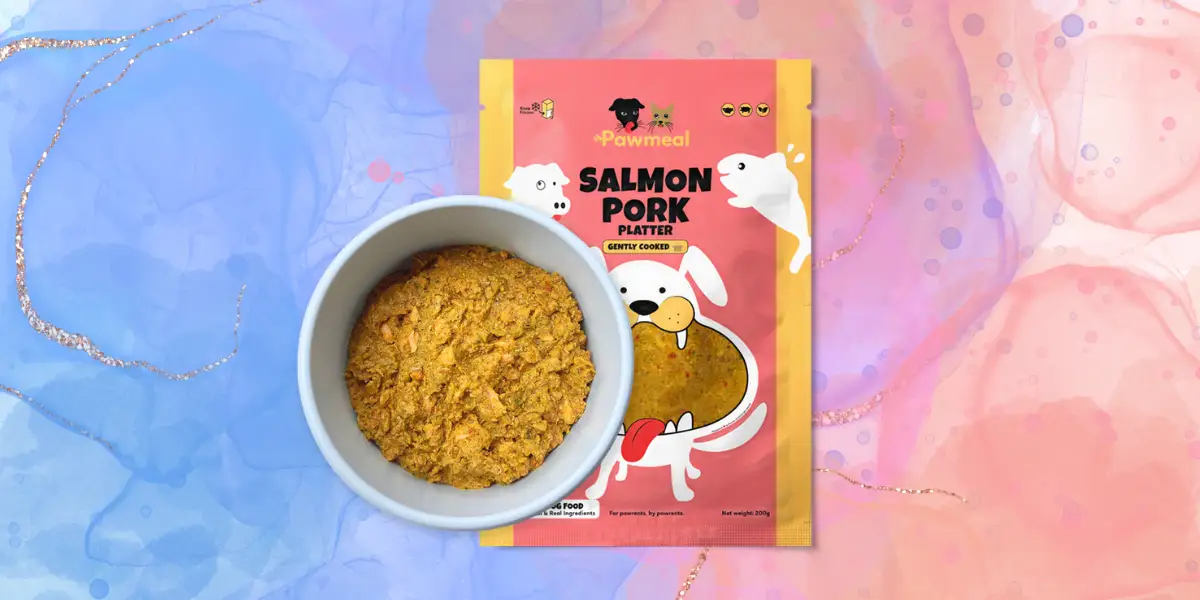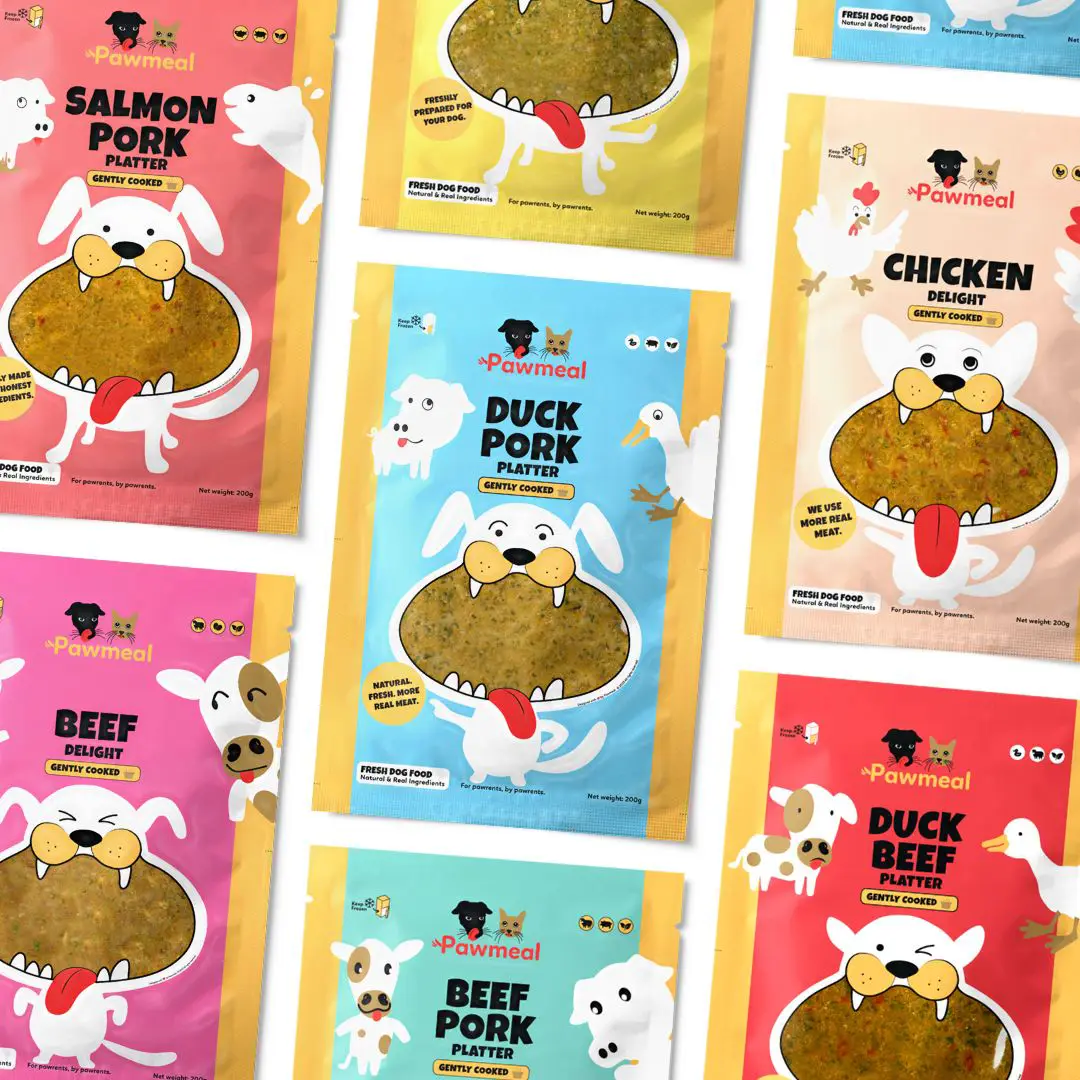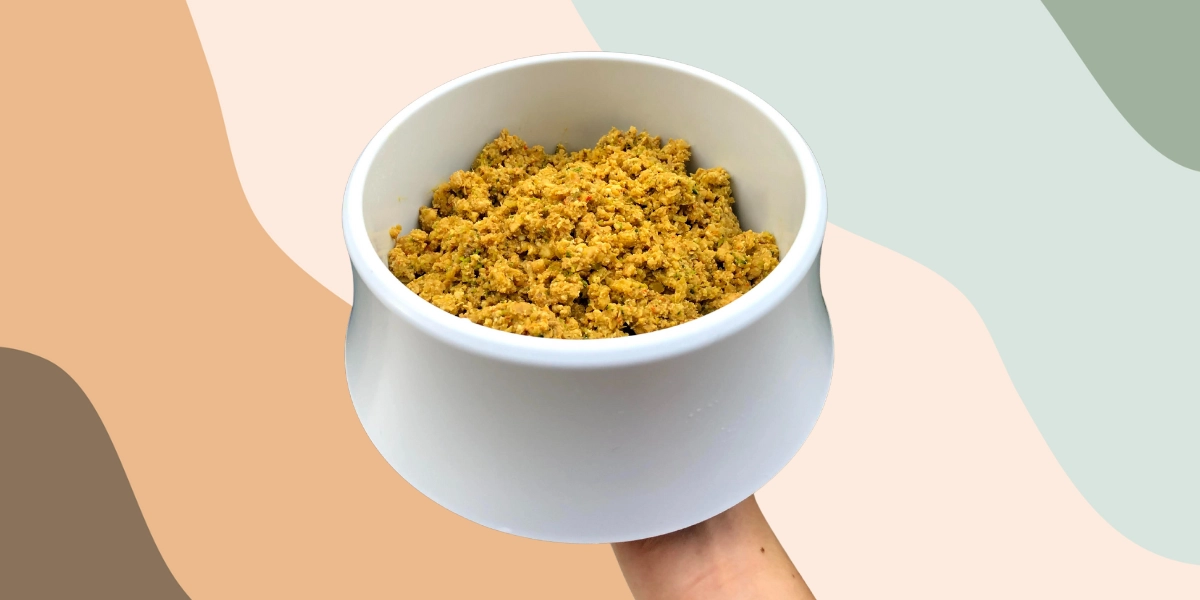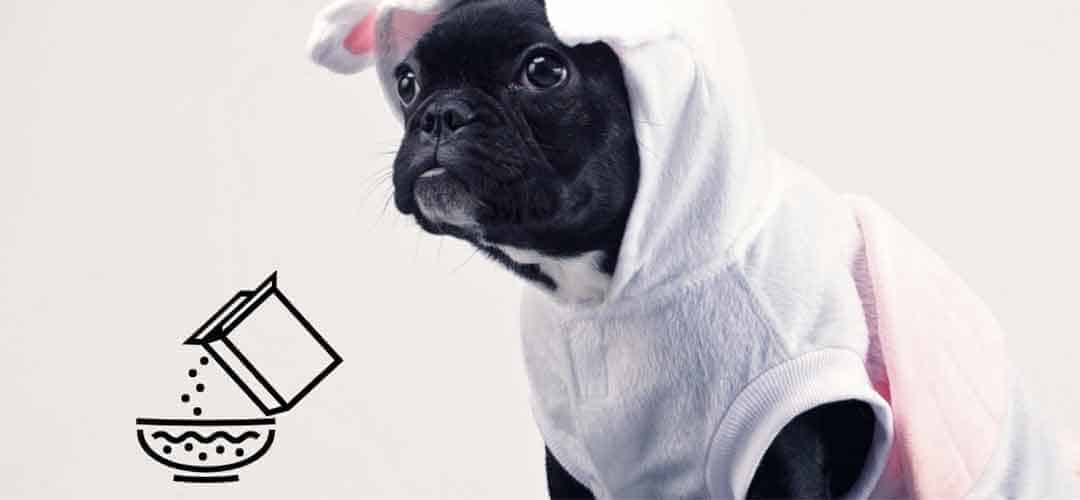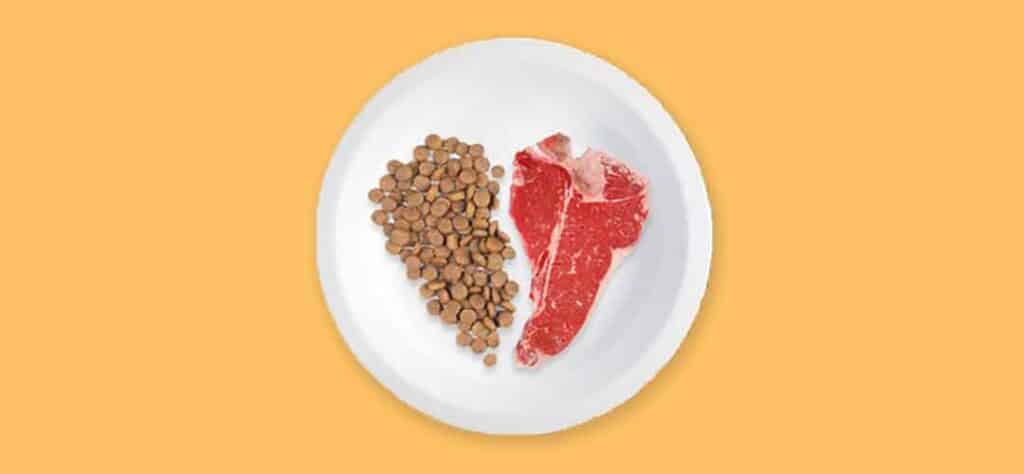As pet owners, lovers and pet food makers, we did a pet food nutrition course a while back. One of the most significant things that we learned was the ability to read pet food labels. This enabled us to tell which pet food is real, and which pet food is “not exactly telling the truth”. The most glaring example? Proclaiming itself to be a “key ingredient recipe” when the ingredient could be just 3% of the total food amount!
Do you usually read the big nice words on the food packaging, then form an impression about the quality of the food almost immediately? Almost all of us do.
What if I tell you, that a “Beef Recipe” or “Beef Formula” pet food actually only contains 3% beef (excluding moisture) out of the entire contents? We all thought that a “Beef Recipe” or “Beef Formula”, since it contains the word “Beef”, should be majority beef in the food. But this is unfortunately not true.
To be able to tell whether the pet food is indeed of the said quality, however, we need some knowledge. More importantly, an understanding on how pet food labels present themselves in order to get a better idea on how good exactly the food is. Basically, we need to read beyond the big nice words splashed across pet food packagings!
Learning How to Identify Hidden Meanings of Pet Food Labels
In this article, we will show you a few rules that pet food manufacturers get around with when naming their pet food. We will also show you why reading beyond the pet food labels is so important, in order to gather a more accurate understanding of the pet food that we are feeding our dogs on. Hopefully, this can help pet parents have a better sense of the actual quality of the pet food when they browse pet food next time. 🙂
Pet Food Labels and Names
First, let’s take a look at a usual packaging of a dry dog food. There are:
Front of the packaging – bears the name of the food, main ingredient, key benefits
Back of the packaging – descriptions, ingredients lists and other information
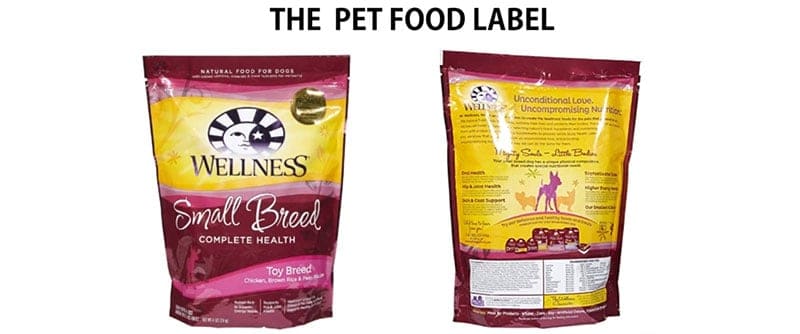
Some obvious observations are:
- Front has attractive colours, creative short wordings and big fonts. Designed to let a pet owner understand how good it is within seconds.
- Back contains 90% of the information in small fonts. A usual pet owner may not spend minutes trying to pore through its details as it is difficult to read.
Now, is there a regulatory organisation that regulates how pet food presents themselves in their packaging?
Ans: Asssociation of American Feed Control Officials (AAFCO)
What is AAFCO most interested about?
Despite being a regulatory organisation, AAFCO is actually a private entity not controlled by the American government. AAFCO is most interested in the use of words in the naming and labelling on pet food packaging and labels.
In AAFCO’s rules, they look out for the font, colours, design of packaging and usage of words to describe the food. This is to guide pet food manufacturers to be honest and transparent as much as possible. Pet food manufacturers need to abide by these rules if they want to use on the packaging of the dog and cat food. However, it does not impose transparency on stating the quality and origin of the ingredients on the pet food packaging. This gives pet food manufacturers a lot of room to design their packaging in the best way possible.
These rules are: 100% rule, 95% rule, 25% rule, 3% rule and the Flavour rule.
Let’s have a closer look at them.
Rule 1: 100% rule
For pet food that is made up completely of 1 or 2 ingredients (excluding water).
Pet food manufacturers are allowed to call the food eg. “100% chicken” or “100% chicken and tuna” if the food contains just solely 1 or 2 ingredients. But some manufacturers begin to call their own products “chicken dog food” (without using the “100%”). This gives customers the impression that it is 100% chicken but it is actually not.
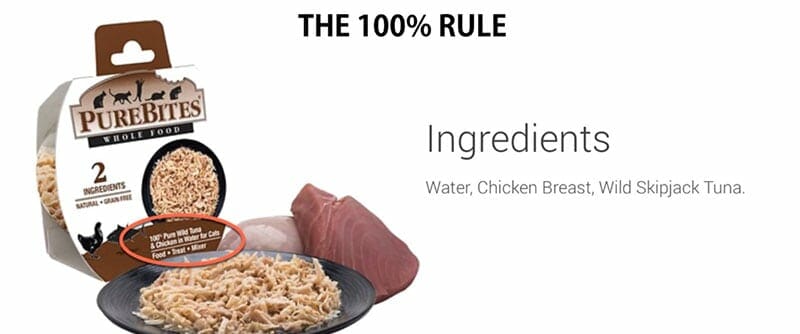
Rule 2: 95% rule
For pet food that contains 1 or 2 ingredients that is at least 95% of the total formulation.
Eg. To name the food as “Chicken food for dogs”, chicken needs to be the main ingredient of at least 95% of the total weight of the product.
But for dry dog food, the first ingredient (before processing) usually contains water. This means that chicken (containing around 70% water) may be 95% of the total kibble weight. This is when taking water into consideration. But once we remove the water after processing the kibbles (usually only 10% water remains in the ingredient), the actual amount of chicken excluding water is only around 30%. This means that although AAFCO stipulates 95% must be chicken, the pet food manufacturers can potentially provide only around 30% chicken (after removing water)!

Rule 3: 25% rule
For pet food that calls itself “dinner”, “entrée”, recipe” or “formula”. Pet food manufacturers only need to ensure at least 25% of the total weight of the food is the main ingredient.
Eg. For a “chicken recipe” or a “chicken formula”, they only need to give 25% chicken out of the entire formulation! (75% is the rest of the ingredients eg carbohydrates, vegetables and fillers).
This is an AAFCO rule that allows pet food manufacturers to relax their costs of ingredients and maximise their profits. (We need to watch out for words like “dinner”, “entrée”, recipe” or “formula”!)
However, this is not all. What some of these pet food manufacturers do not tell you is that the 25% chicken is actually calculated before removing water. So when water is removed, the actual chicken remaining in the dry food is just around 7% to 8% of the total food composition. And they can still call it chicken recipe!
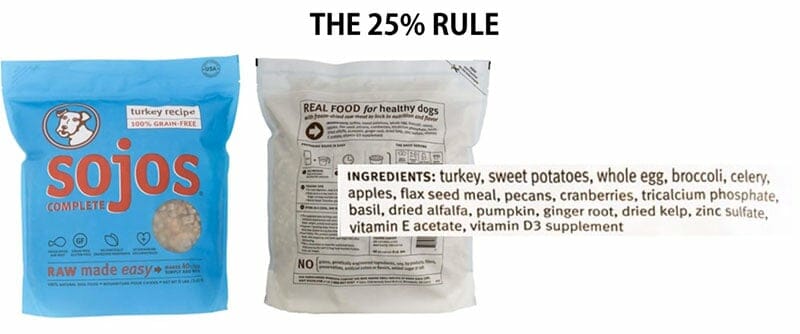
Below is another example – using a “beef recipe” dry food (See below picture). Its pet food label states that the first 2 ingredients are deboned beef and chicken meal. Chicken meal, when added, is already without water (they are in powder form), whereas beef contains water. This means that if we take moisture into consideration, the weight of beef definitely outweighs the rest.
Let’s assume that the beef with water is 25% of the total food, while chicken meal is 20%. Then, when the kibbles are processed, the amount of beef (after removing water) is reduced to only around 7% to 8%, while chicken meal is 20%! But because the beef with water is 25% of the total weight of the food, AAFCO permits this food to be called a beef recipe.
And we will think that this is predominantly a beef food for dogs, when it is not!
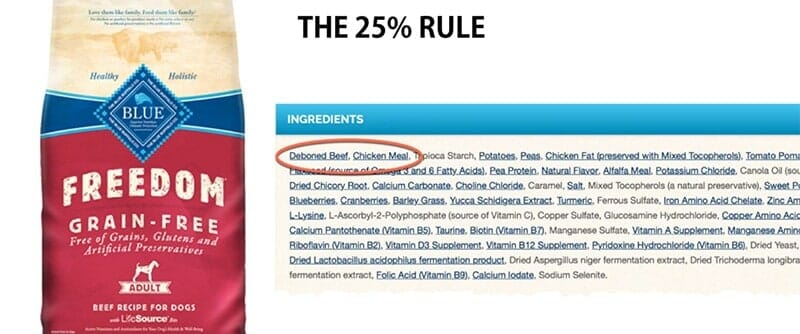
Here’s one more 25% rule example (see below image). Do be careful when you see words such as “chicken and rice formula” on a pet food (See example below). The word “formula” means that the pet food manufacturers just needs to make sure that chicken and rice combined is 25% of the total food. And when 2 names – chicken and rice are used, AAFCO just requires either ingredient to be at least 3% of the total weight of the pet food.
This means:
Chicken and rice = 25% of total
Chicken = at least 3% of total
Rice = at least 3% of total
Which ingredient is likelier to be just 3%? (It’s all about maximising profits). And more often than not, these calculations are taking water into consideration, before processing them into kibbles, dried form!
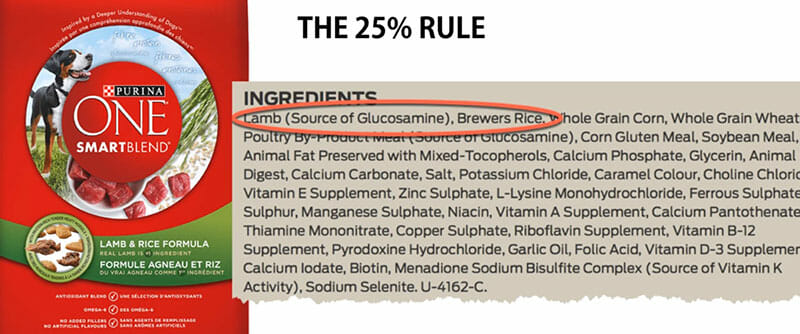
Before we move to the next rule, one last example on the 25% rule (see below). This example also shows a “turkey, brown rice and venison recipe” – which means the total of these 3 ingredients just needs to be 25%. And notice the position of venison being so far back and just before the natural flavours. From this evidence, we can gather that venison contains just around 3% of the total formulation.

Rule 4: 3% rule
For pet food that wants to calls itself “with chicken”, or “with lamb”. This requirement is very easy to achieve. Pet food manufacturers just need to ensure the ingredient contains at least just 3% of the total amount of food.
For example, by just having 3% of beef (with or without water), pet food manufacturers can add “with real beef” in its product name (below image, left). This is in contrast to “beef and sweet potato recipe”, in which the total of both ingredients needs to be 25%, with either ingredient to be minimum 3% (below image, right).
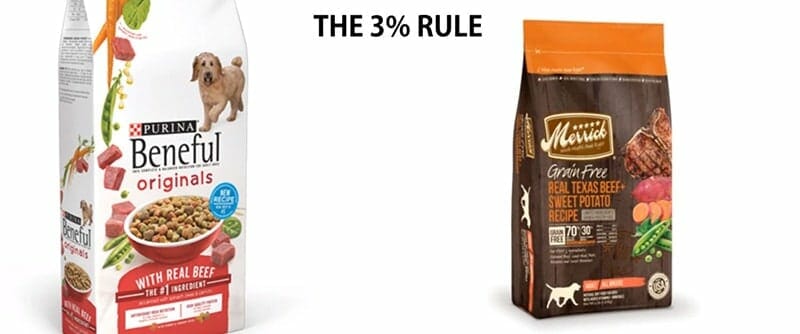
Now, if you look at the below recipe, you will probably think that bison is the key ingredient for this pet food, right? A further closer look at the food label seems to confirm this thought, as “deboned bison” is at the top of the list. However, the second and third ingredients are chicken meal and turkey meal. Why is there chicken meal and turkey meal when this is supposed to be a bison pet food? We will never be able to tell exactly how much bison is inside this bag of kibbles. But because of the 3% rule, the pet food manufacturer can simply state “with bison” if there is just 3% bison in the food contents. And this 3% can either mean bison with water, or after removal of water.

As for the below picture, it is an “entrée with lamb and rice”. However, lamb and rice are 6th and 7th in the food label respectively. This simply indicates that there are more chicken (cheaper) and beef by-products than lamb. And by calling it “with lamb and rice”, the amount of lamb is really likely no more than 3%.
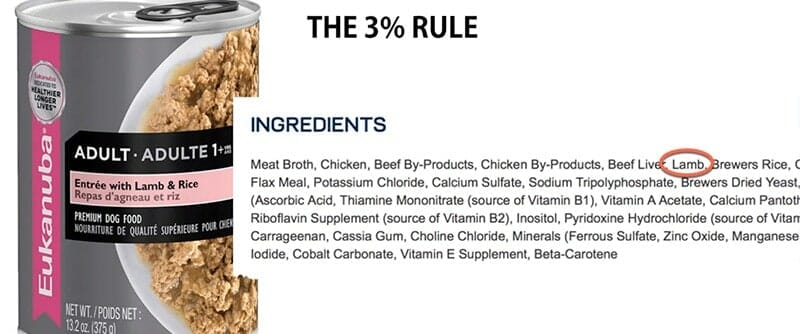
Rule 5: The flavour rule
For pet food that opts to use the word “flavour”. Instead of adding more real meat, pet food manufacturers want to save costs and they choose to add flavours instead. The food label below shows that beef and bone meal are the 3rd ingredient in the list, behind corn and soybean meal. In reality, the beef and bone meal content are likely less than 3% of the total amount of food.

AAFCO also will approve any pet food that simply states whether the flavour come from, without containing the actual real ingredient of that flavour. For example, “animal digest (source of chicken flavour)” (see image below). This actually means that the pet food manufacturers are using animal digestive parts to provide chicken flavour to the pet food!

Conclusion
With the 100%, 95%, 25%, 3% and flavour rules, pet food manufacturers are able to use names that often do not reflect the actual contents of the food. They do not even need to disclose the actual amount of the key ingredients (not even in percentages). This is why we need to be aware of the various rules, in order to properly deduce the likely amount of key ingredients. With attractive marketing phrases on the packaging, many pet owners like us can be led to think that there is a high amount of proteins when it really is not.
This is why we need to be more discerning and open our eyes when we consider a bag of kibbles for our furkids. Snap a photo of your pet food label and share with us. We will happily share our findings with you. 🙂
Also read more about whether commercial pet food are good for your furkids here. 🙂
(All images in this article except cover image credit to Dana Scott, Dogs Naturally Magazine)

